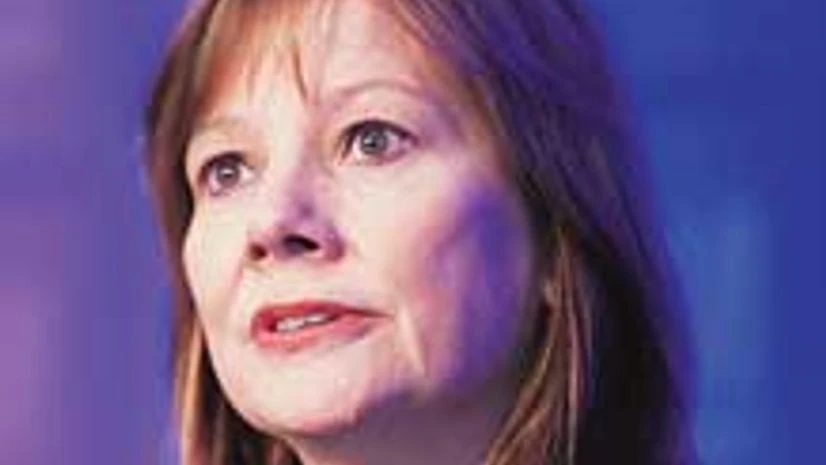In a move that consolidates power at the top of the US' largest automaker, General Motors said on Monday that its chief executive, Mary Barra, had also been named chairwoman of its board.
The change underscores the company's revival under the helm of Barra, who took over as its chief executive in early 2014 and almost immediately was faced with the gravest safety crisis in GM's history.
A former plant manager who ascended the corporate ladder to become the auto industry's first female chief executive, Barra is credited with stabilising GM after the company admitted to selling millions of small cars with defective ignition switches that were later tied to at least 124 deaths.
The revelation prompted the recall of 2.6 million vehicles and led to congressional hearings, federal and state investigations, and the creation of a compensation fund that awarded $595 million to nearly 400 injury victims and family members of people killed in the defective models. For more than a year, Barra was front and centre as GM's crisis manager, whether it was facing tough questions on Capitol Hill, apologising repeatedly for putting lives at risk in the company's cars, or firing employees responsible for the decade-long delay in fixing the problem.
On Monday, Barra assumed the new position after a unanimous vote of the company's board. She replaces Theodore Solso, the retired chief of the Cummins engine manufacturer, who will continue to serve as lead independent director of GM. "The board concluded it is in the best interests of the company to combine the roles of chair and CEO in order to drive the most efficient execution of our plan and vision for the future," Solso said in a statement.
GM had historically given its chief executive the chairman's job as well, and was often criticised for concentrating too much authority in one leader. The two jobs were separated after the company tumbled into bankruptcy in 2009, and survived because of a $49-billion bailout by the federal government.
Solso did not elaborate on whether the board had considered other candidates to lead it. "This is the right time for Mary to assume this role," he said. Barra said she was honoured to become chairwoman, and vowed to continue improving GM's operating results and new technology.
One analyst said the change made sense for GM given how the company responded to Barra's initiatives to overhaul its culture after the ignition scandal.
"This is not a surprise," said David Cole, chairman emeritus of the Center for Automotive Research in Ann Arbor, Mich.
"Mary has demonstrated that she is a very good coach and leader, and is getting the most out of her team."
Cole noted that GM had trouble in the past when the same person served as chairman and chief executive, and dissenting voices were rarely heard on its board.
"They had some bad experiences, like when Roger Smith wore both hats in the 1980s," he said. "But Mary has proven herself."
In addition to running GM's operations for the last two years, Barra became the public face of the company as it tried to rectify its safety proble
After GM agreed in September to pay a $900 million penalty to settle a Justice Department investigation of its ignition switches, Barra warned employees in a town hall meeting that the company still had work to do to restore its reputation for quality and safety.
"Apologies and accountability don't amount to much if you don't change your behaviour," she said.
A version of this article appears in print on January 5, 2016, on page B3 of the New York edition with
©2016 The New York Times News Service

)
